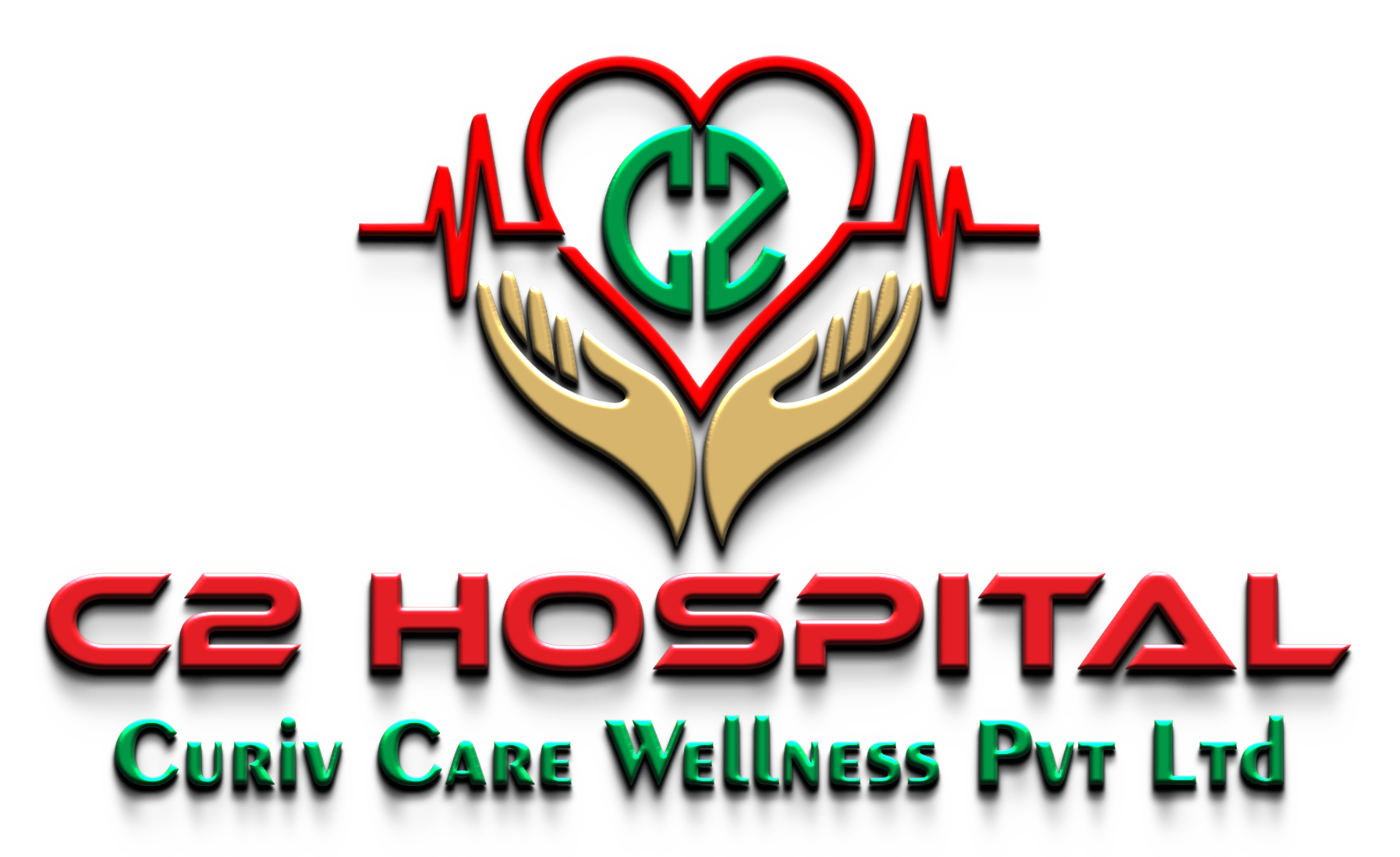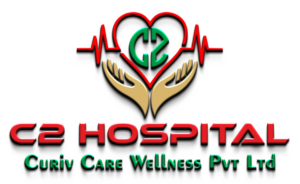Welcoming a baby into the world is a magical journey. Among the first surprises new parents encounter are newborn reflexes. These are involuntary movements that are vital for a baby’s survival. They indicate early brain development and help doctors assess health and growth. When you see your baby grasp your finger, it’s not just adorable—it’s a sign of good health. These reflexes mark the building blocks of cognitive and motor skills, setting the stage for your child’s future development. Understanding these reactions can make parenting this new phase less bewildering and more rewarding.
Recognizing Common Newborn Reflexes
Babies have innate responses that vanish as they mature. Here’s a quick guide to the 9 primary neonatal reflexes:
- Rooting Reflex: If you stroke a baby’s cheek, they turn toward the touch and open their mouth, ready to feed.
- Sucking Reflex: Essential for feeding, babies instinctively suck on anything that enters their mouth.
- Moro Reflex (startle reflex): A baby flings arms wide and then curls them when startled by a loud noise or sudden movement.
- Grasp Reflex: Newborns will grip anything placed in their hands firmly.
- Babinski Reflex: When you stroke a baby’s foot, their toes fan out.
- Stepping Reflex: Holding a baby upright with feet touching a surface makes them appear to “walk”.
- Tonic Neck Reflex: When a baby turns their head, the arm on that side stretches out while the other bends up.
- Galant Reflex: Stroking a baby’s back while on their stomach causes them to curve toward the touch.
- Placing Reflex: If you gently touch a baby’s foot to a surface, they lift it like they’re climbing.
Observing these types of reflexes in newborns can be quite telling. They illuminate an infant’s neural pathways and overall well-being. Any remarkable absence should prompt a medical evaluation.
Understanding the Moro Reflex
The Moro reflex, or newborn startle reflex, is a dramatic involuntary action. Considered a fight-or-flight response, it reflects a baby’s nervous development. Typically, this reflex emerges within the first four months and fades away by the sixth month. It’s triggered by loud sounds or sudden movements, causing infants to splay their tiny arms open before reverting to a fetal position. Distinguishing a normal Moro reflex from an exaggerated one, especially if the startle frequency increases or happens with no obvious cause, is crucial. Persistent or overly intense reactions may warrant professional evaluation.
Recognizing a Retained Moro Reflex and Its Implications
If the Moro reflex lingers beyond the typical timeline, it may indicate developmental concerns. Be on the lookout for signs such as exaggerated startles or heightened irritability. In some babies, it may disrupt sensory processing and coordination. Identifying these symptoms early on is crucial, as retained reflexes can influence childhood learning and movement skills. An unintegrated Moro reflex connects to challenges like poor balance, motion sickness, and even anxiety. Consulting with pediatric specialists can guide intervention strategies, easing this hurdle for both the child and the parents.
Cultural Insights: Newborn Reflexes and Perspectives from India
In India, newborn reflexes resonate with cultural narratives. Traditional practices often blend with medical insights to celebrate these primitive movements. For instance, some believe a strong grasp reflex signifies a healthy child. Rituals, like “Annaprashan”—the first solid food ceremony—often coincide with rooting and sucking milestones. Modern medicine provides a broader understanding, associating these reflexes with neural development. This integration of legacy and science doesn’t just reflect cultural pride; it ensures a wholesome upbringing for our littlest ones. Bridging ancestral wisdom with contemporary pediatrics offers enriching multicultural perspectives on infant care.
When to Seek Medical Advice
While reflexes in pediatrics are key indicators of development, deviations can signal underlying issues. Red flags include weakened responses, persistent reflexes, and asymmetrical movements. If these linger beyond their expected timeline or present inconsistencies, consulting a pediatrician is essential. Professional screenings help differentiate between mere myths and medically relevant information. Sometimes, a lack of familiarity leads to unnecessary worry among new parents. Effective medical guidance balances concerns and clears misconceptions, ensuring a healthier approach to interpreting newborn reflexes, reassuring parents of their child’s developmental path.
Enhancing Reflex Integration at Home
Parents play a pivotal role in fostering healthy development of infant reflexes. Here are some practical strategies:
- Tummy Time: This activity encourages babies to lift their heads, promoting muscle strength and aiding in reflex maturation.
- Gentle Rocking: Mimicking womb movements can calm and support spatial awareness.
- Massage: Light, rhythmic strokes can aid nerve responses and reflex integration.
- Interactive Play: Peek-a-boo or playing with rattles can stimulate visual and auditory reflexes.
- Nutrition: A well-balanced diet, rich in essential fats and nutrients, supports overall brain and neural development.
A nurturing home environment is crucial, not just for reflex integration, but for a child’s emotional and physical growth.
The Role of Chiropractic Care in Reflex Management
Many parents turn to chiropractic care to support their infant’s development. Gentle adjustments can promote a balanced newborn nervous system and assist with reflex integration. Aligning the spine may benefit sensory processing, reducing exaggerated reflexes and promoting mental calm. Chiropractic interventions are believed to aid in optimizing a baby’s neural pathways, which can help manage reflexes in pediatrics. By fostering proper body mechanics, these non-invasive treatments can be a boon for establishing a smooth neurodevelopmental course.
Visual Aids and Demonstrations for Parents
Grasping the nuances of newborn reflexes can be easier with visual tools. Consider using a newborn reflex chart, which clearly illustrates each reflex and its significance. Parents might find value in watching instructional videos on how to safely perform a newborn reflex test at home. Detailed visuals can instruct on assessing reflexes without any risk. Leveraging such materials boosts a parent’s confidence, reduces anxiety, and equips them to understand their baby’s health better. Newborn reflexes with pictures offer a practical approach to demystifying what initially seems complex, ensuring that parenting remains a joyful journey.
Curious about your baby’s reflexes and development?
Let our pediatric team at C2 Hospital guide you through every milestone.
Book a pediatric check-up today for expert newborn care!




